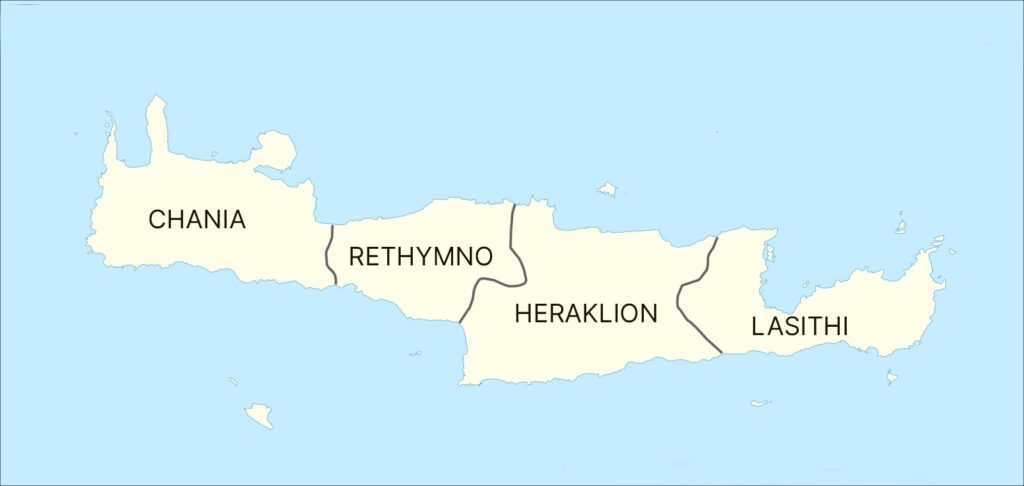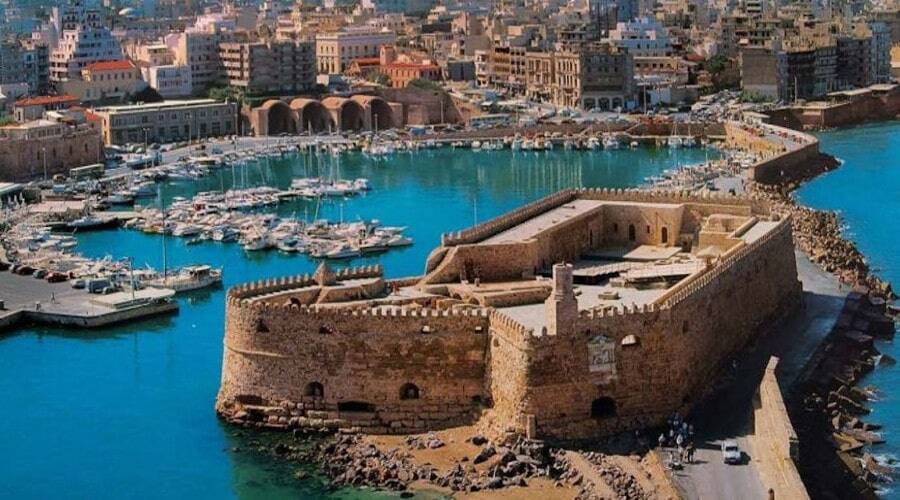The Heraklion region in Crete boasts a rich cultural heritage that spans from antiquity and the Byzantine era to modern history, featuring numerous monuments and traditions. As a cultural crossroads, it is home to significant archaeological and historical sites, including the Minoan palaces of Knossos, Phaistos, and Malia, along with Heraklion’s Koules Castle and Venetian walls.
This region is a premier cultural destination, with museums showcasing its history and art. Additionally, Heraklion offers breathtaking natural landscapes, including gorges, beaches, and traditional villages that preserve local customs and culinary traditions.
Heraklion city was known during the Byzantine period by the name of Castro. It was a small, walled town. Arab Saracens occupied Crete in 823 AD and chose Heraklion as their capital. The city attained great prosperity, the port, however, became a warehouse for pirate booty and a centre for hostage trading. The Byzantines retook Crete in 961 AD. In the 13th century, Heraklion came under Venetian rule. Maintaining it as the island’s capital, they surrounded it with a large wall, making it the strongest fortress in the Eastern Mediterranean, the largest portion of the walls still stands today.
The great painter El Greco was born there in 1541.
A siege of the city by the Ottoman Turks began in 1647 and lasted for 22 years. The city was destroyed following its fall, but the Ottomans also chose it to be their new capital. Heraklion was liberated in 1913 and incorporated into modern Greece along with the rest of Crete.
The four Regions of Crete

Gastronomy – Local products
The region of Heraklion is famous for its wine that accompanies amazing local dishes such as snails (chochli), artichokes with broad beans, kokoras krasatos, etc. You will discover it by following the local wine routes of the wineries to be visited as well as the PDO region of Archanes.
Excellent olive oil is produced in the area. Not to miss the kalitsounia and pitaridia with fennel or cheese that we find everywhere in Crete in many local variations.




